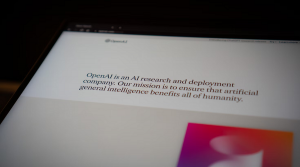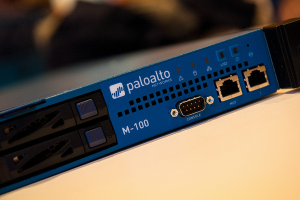Docker containers spring a leak: Already fixed in 1.0 release
![]() Researchers have discovered a flaw in Docker that allows rogue programs to break out of their containers and access files on the host operating system, although it’s now been fixed with the latest update.
Researchers have discovered a flaw in Docker that allows rogue programs to break out of their containers and access files on the host operating system, although it’s now been fixed with the latest update.
Linux containerization involves sticking multiple, cordoned-off applications on the same host operating system instance, unlike virtualization, which runs a new OS for each virtual machine. The tech has rapidly become very popular due to its performance advantages over virtualization, but there are some question marks over the security of this approach – which is one reason why the likes of AWS and Google have a limit of one Docker container per VM on their clouds.
According to the researchers who found the exploit, it “demonstrates that any given Docker image someone is asking you to run in your Docker setup can access ANY file on your host, e.g. dumping hosts /etc/shadow or other sensitive info, compromising security of the host and any other docker VM’s on it.”
The flaw affects version 0.11 of the Docker Engine runtime and packaging technology, but doesn’t affect version 0.12, which was released alongside Docker 1.0 last week.
“The proof of concept exploit relies on a kernel capability that allows a process to open any file in the host based on its inode. On most systems, the inode of the / (root) filesystem is 2. With this information and the kernel capability it is possible to walk the host’s filesystem tree until you find the object you wish to open and then extract sensitive information like passwords,” wrote Docker in a blog post after the flaw was published.
“In earlier Docker Engine releases (pre-Docker Engine 0.12) we dropped a specific list of kernel capabilities, ( a list which did not include this capability), and all other kernel capabilities were available to Docker containers. In Docker Engine 0.12 (and continuing in Docker Engine 1.0) we drop all kernel capabilities by default. Essentially, this changes our use of kernel capabilities from a blacklist to a whitelist.”
Docker is advising users to run the containerization tech along with SE Linux or AppArmor to ensure further containment. It also says to map groups of mutually-trusted containers to seperate machines.
“Please remember, however, that at this time we don’t claim that Docker Engine out-of-the-box is suitable for containing untrusted programs with root privileges,” the company added.
photo credit: itmpa via photopin cc
A message from John Furrier, co-founder of SiliconANGLE:
Your vote of support is important to us and it helps us keep the content FREE.
One click below supports our mission to provide free, deep, and relevant content.
Join our community on YouTube
Join the community that includes more than 15,000 #CubeAlumni experts, including Amazon.com CEO Andy Jassy, Dell Technologies founder and CEO Michael Dell, Intel CEO Pat Gelsinger, and many more luminaries and experts.
THANK YOU













